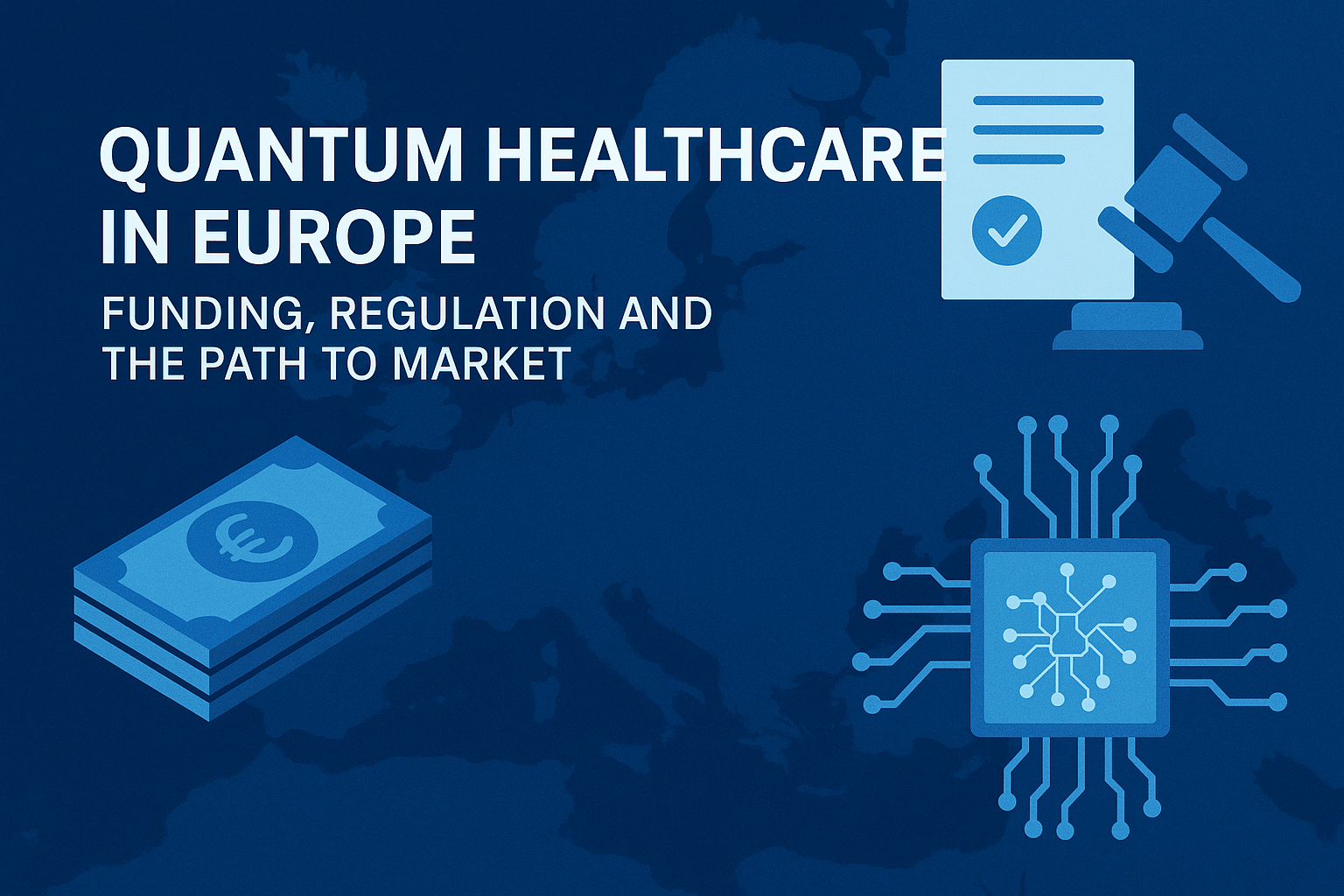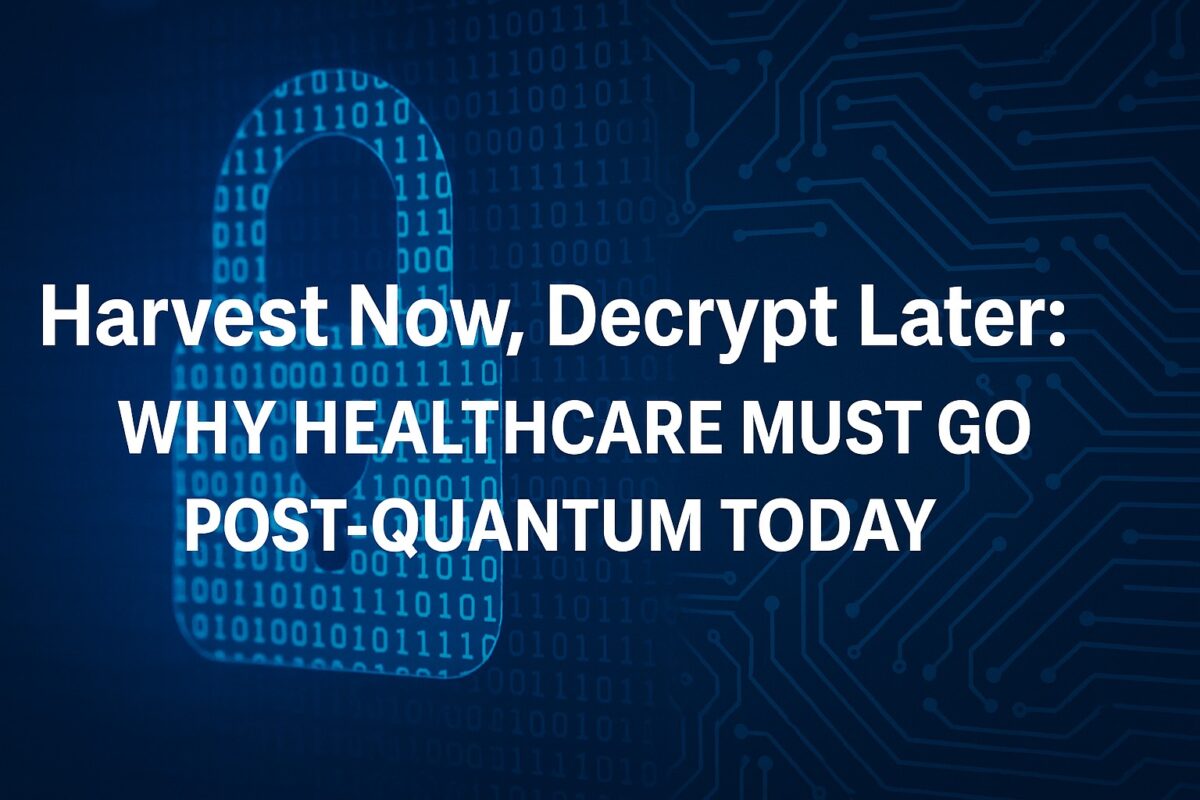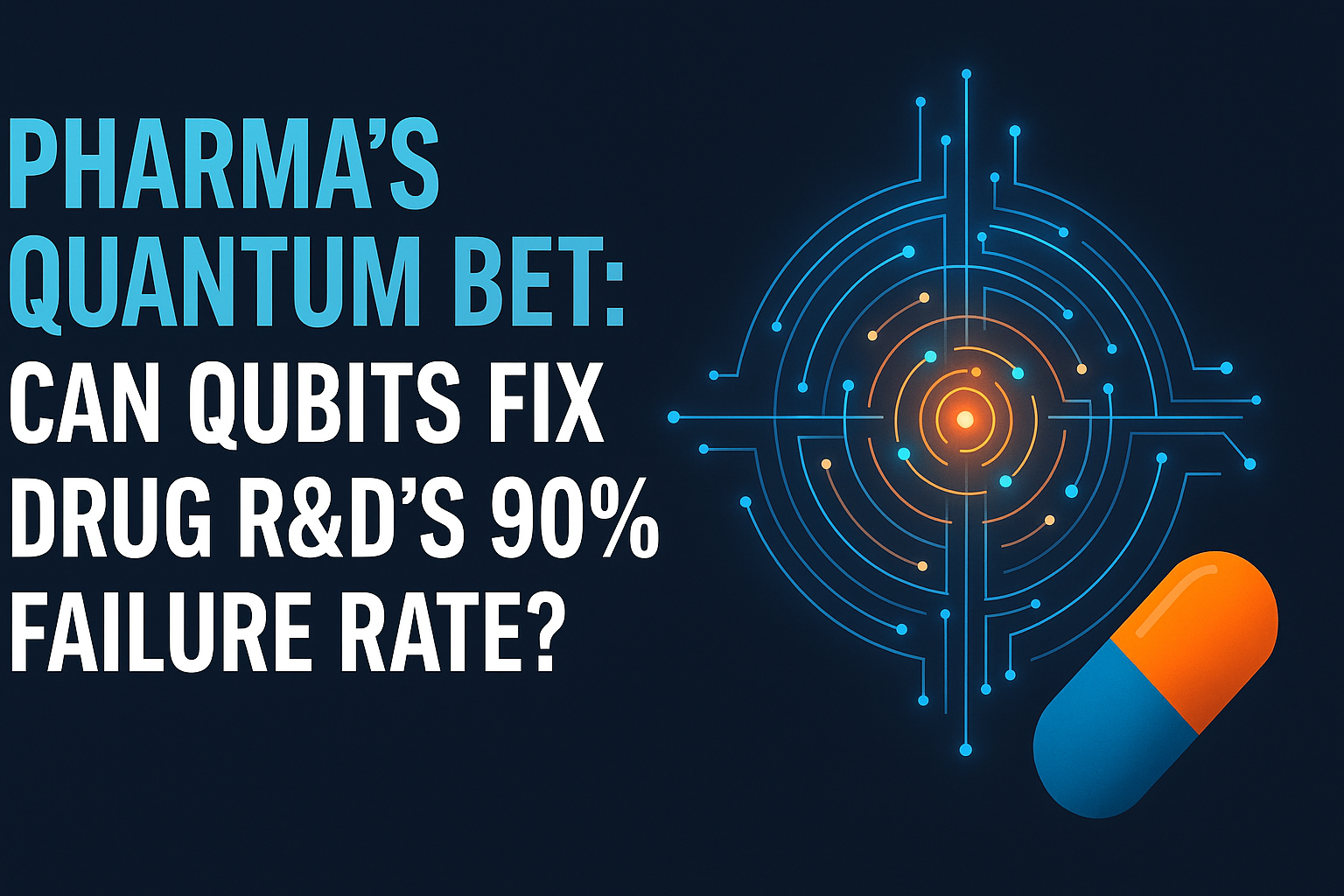Think AI alone is transforming healthcare? Think again. The real game-changer could be quantum computing, particularly when paired with supercomputers. This isn’t future fiction anymore. It’s happening now.
What’s New—and Why It Matters
Combining quantum computing and supercomputers enables molecular simulations, like insulin dynamics involving tens of thousands of orbital. Classical systems simply could not handle it.
Experts are calling this the “AI on steroids” era, and the real test is whether quantum hardware can catch up to the hype.
Expected impact: quantum systems promise to make drug development far more accurate and efficient than ever before.
Strategic Insight—Why It Matters for European Commercialisation
- Regulation won’t slow us down: Quantum tools could help Europe leapfrog red tape by enabling faster, in-silico trials and predictive toxicology.
- Startups must recalibrate: As this tech moves from testing labs to real-world deployment, funding and venture strategies must shift, think hybrid infrastructure, not cloud-only or chip-only bets.
- Policy windows opening: EU research programmes (e.g., Horizon Europe, Digital Europe) could be primed to support hybrid computing capabilities as they realise their impact on healthcare ROI.
What Are the Challenges? (Because of course there are.)
- Hardware still nascent: Supercomputer capacity is real—but quantum hardware still lags and faces error-correction hurdles. “AI on steroids” isn’t quite combat-ready yet.
- Integration complexity: Hybrid systems bring technical, regulation, and cost challenges, especially for SMEs.
- Talent crunch: Few European researchers bridge computational chemistry, quantum algorithms, and AI. Building that capability will be critical.
Quantum‑supercomputer hybrids aren’t tomorrow’s sci‑fi. They’re today’s infrastructure for slashing decades off MedTech R&D. Don’t sleep on this. Europe’s commercial edge will go to those who code quantum-native, not just cloud‑native.
This content has been enhanced with GenAI.





